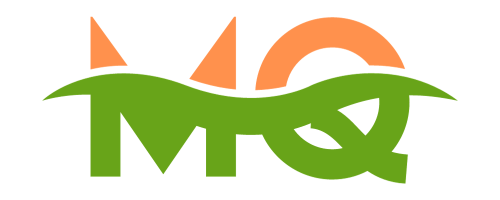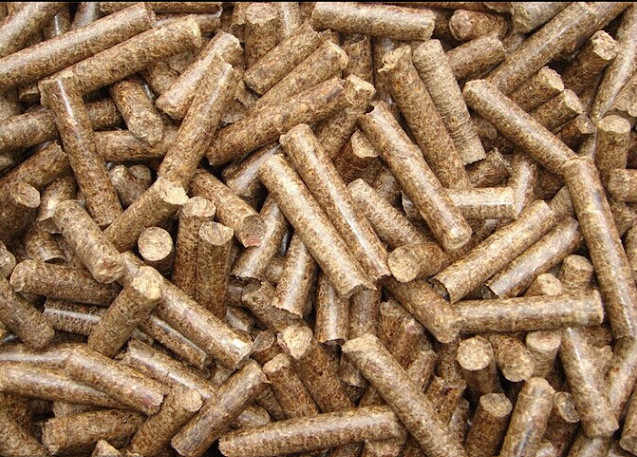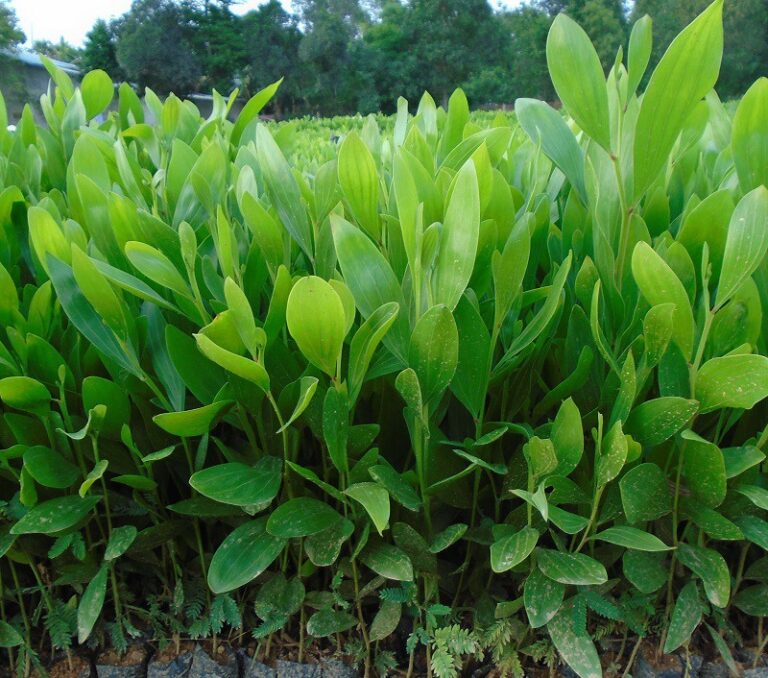In the structure of wood and wood products exported to the Japanese market in the first 6 months of this year, wood chips and wood pellets are the two main products recording high growth rates.
According to the Ministry of Industry and Trade, exports of wood and wood products to the Japanese market in the first 6 months of this year decreased slightly compared to the same period in 2022. However, wood chips and wood pellets were recorded to increase in value. tall.
Citing statistics from the General Department of Customs (Ministry of Finance), the Ministry of Industry and Trade said that in June, the export value of wood and wood products to the Japanese market reached 135 million USD, down 18.8%. compared to June 2022.
Overall, in the first 6 months of the year, the export value of wood and wood products to the Japanese market reached 812.8 million USD, down 3.8% over the same period in 2022. Notably, wood chips and Wood pellets have the highest increased value among Vietnam's wood and wood products exported to the Japanese market.
Specifically, the export value of wood chips reached 316.5 million USD, an increase of 5.5% over the same period in 2022, accounting for 38.94% of the total export value. Wood pellets recorded an export value of 191.1 million USD, an increase of 27% over the same period in 2022.
Also according to the Ministry of Industry and Trade, the export of wood chips and wood pellets to the Japanese market grew rapidly in the first half of the year because the country is developing many thermal power plants using wood chips and wood pellets as fuel. It is forecasted that in the coming time, the demand for wood chip and wood pellet products in Japan will continue to increase.
According to a report conducted by Forest Trends Organization in collaboration with the Vietnam Timber and Forest Products Association and the Binh Dinh Timber and Forest Products Association, published in early July, Vietnam has become a manufacturing country. and the world's second largest pellet exporter, only after the US. Over the past 10 years, Vietnam's pellet export volume and value increased 28 and 34 times, respectively.
For the Japanese market, in addition to long-term import and export orders (contracted for 10 - 15 years), currently some Japanese businesses also carry out short-term contracts with a number of suppliers. Vietnam.
Japan is also a market that requires exported pellets to have voluntary standard certificates to support responsible forest management globally (FSC). Currently, raw materials for pellets exported to Japan are all from domestically grown wood, mainly from acacia trees.
Information from businesses, currently, each year Japan uses about 8 million tons of pellets, of which 50 - 60% are wood pellets. It is expected that by 2030, Japan will need to consume over 20 million tons of pellets each year, of which the amount of wood pellets will account for about 13 - 15 million tons. This will be a great opportunity for Vietnamese businesses, especially businesses with stable input material sources and FSC certification, large-scale production factories, and methodical management.







Greetings! Very useful advice in this particular post! It is the little changes that make
the biggest changes. Thanks for sharing!